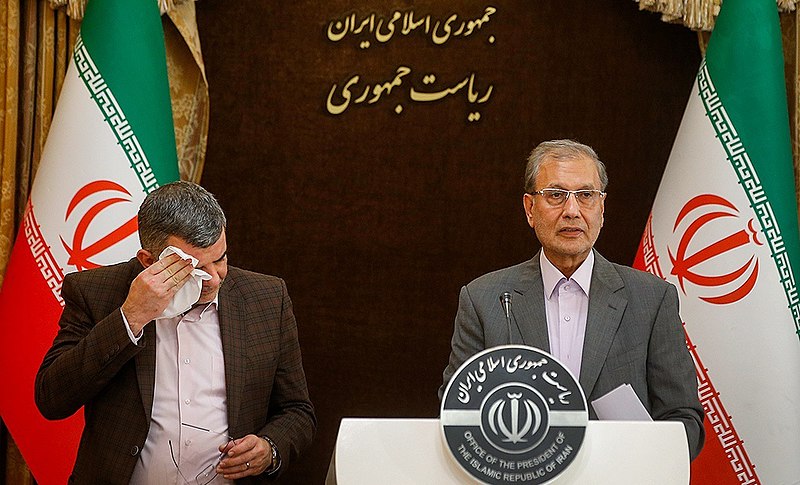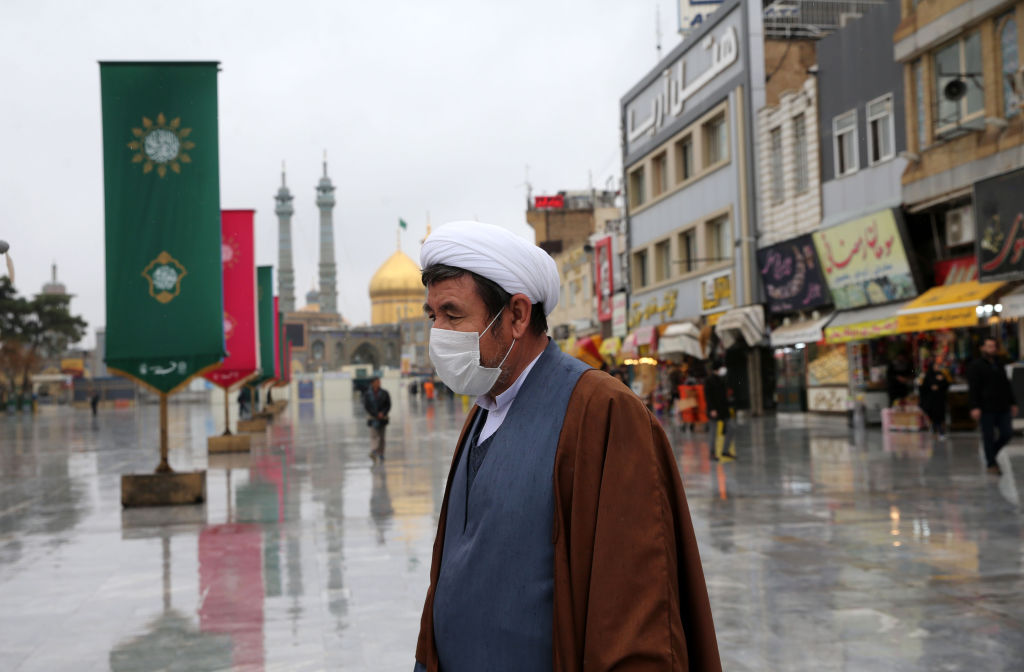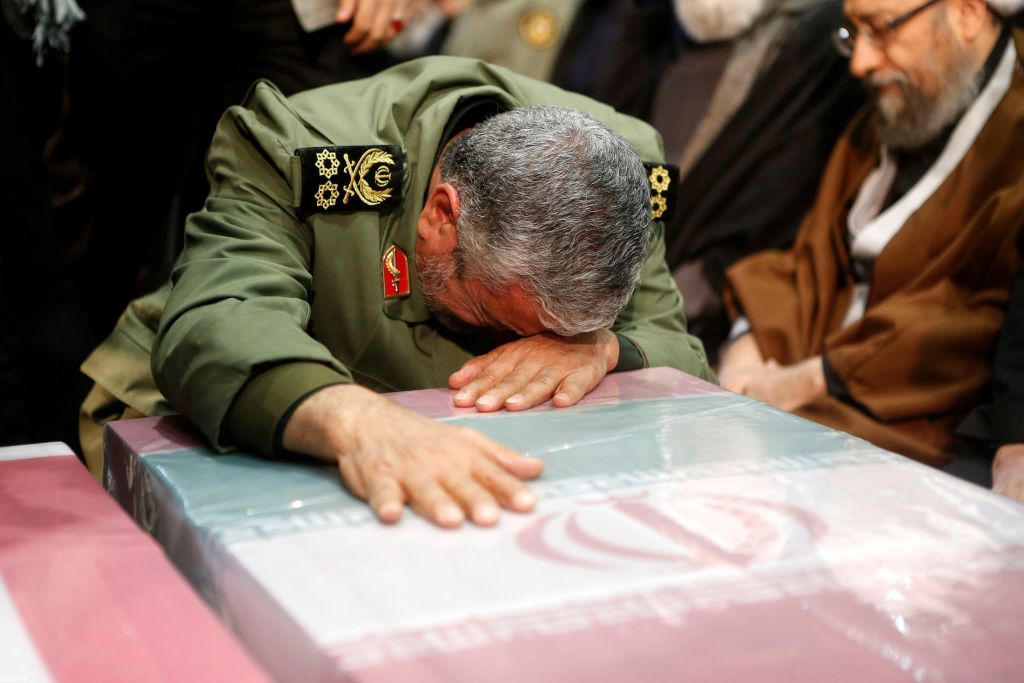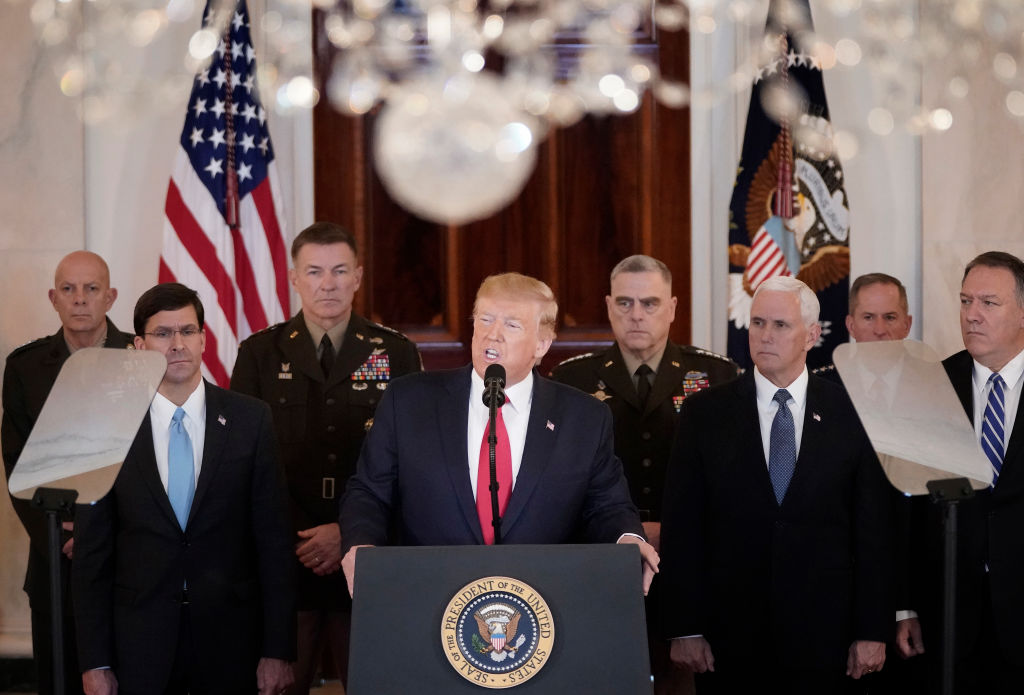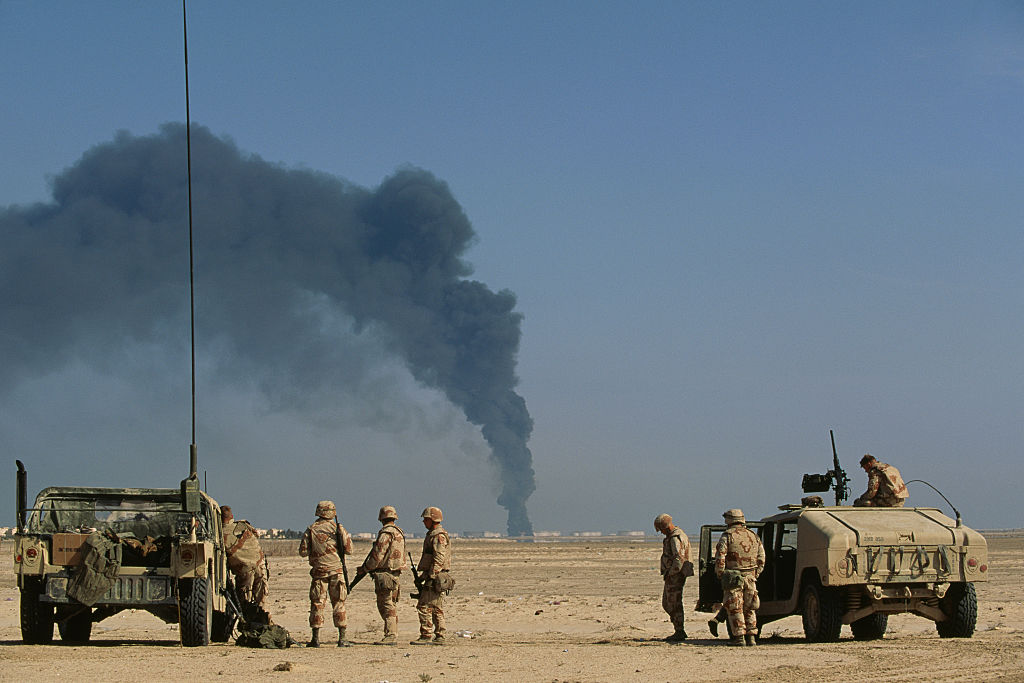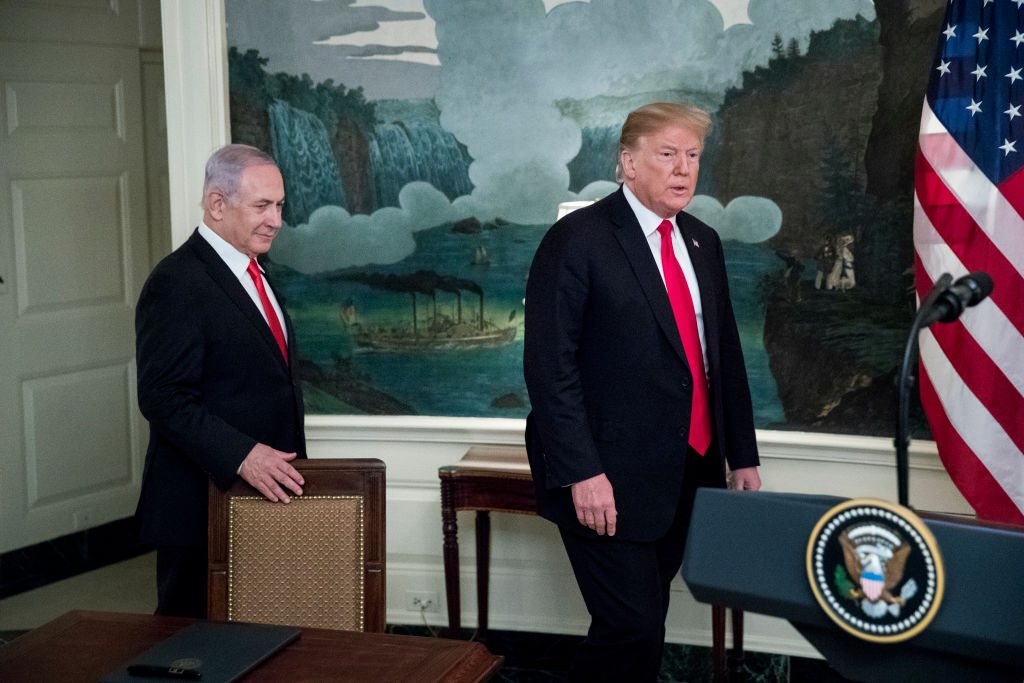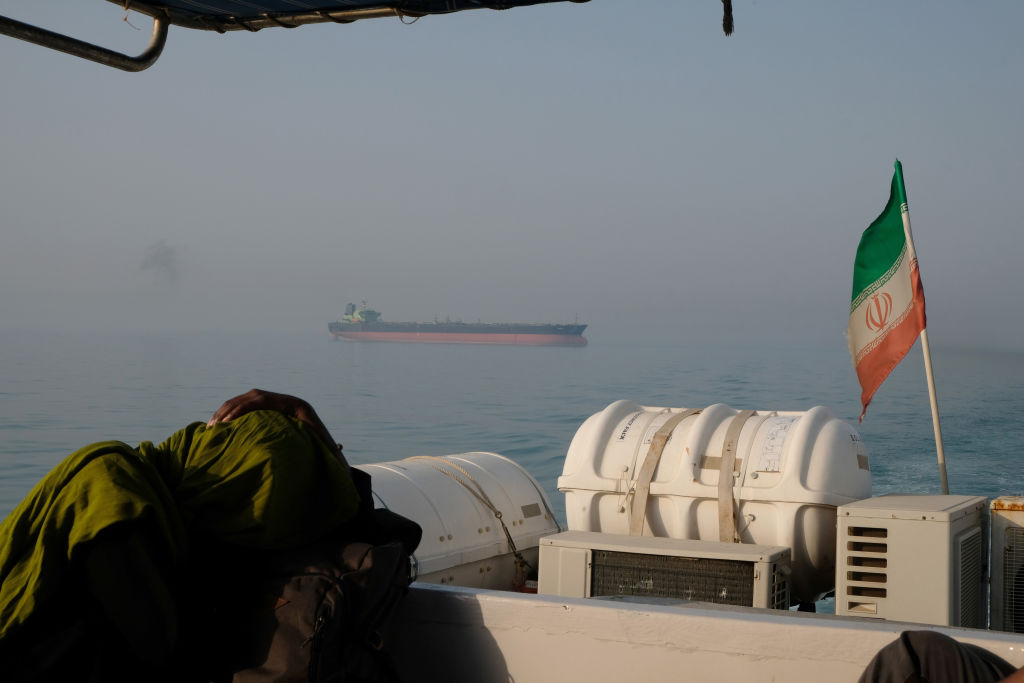Persian Gulf fault line could be a new front in US–China competition

As the rivalry between the United States and China spirals into a new cold war, it carries the potential to widen and deepen many geopolitical fault lines in world politics. One such fault line is dangerously embedded in the strategically vital, oil-rich, but unstable, Persian Gulf. It divides the Gulf into northern and southern zones.
China has so far sought to operate above this division in its dealings with both sides of the divide. Yet it shares strong anti-US interests with the states and subnational actors that make up the northern zone, where it could enhance competition with the US at the cost of further regional volatility.
The adversarial lines are more clearly drawn in the Persian Gulf than in any other part of the Middle East. The traditional ethnic, sectarian, cultural and historical rivalries between Arabs and Iranians are now topped by a new fault line that has been fuelled primarily by the US and Russia in recent years.
A US-backed, Saudi-led Arab coalition has, with Israel’s support, come to dominate the southern zone against Iran as the ‘destabilising’ actor in the region. A Russian–Iranian axis has established a countering dominance in the northern zone, where Moscow and Tehran, backed by the Iran-allied force of Lebanese Hezbollah, have acted to save the regime of Bashar al-Assad in Syria. In this zone, Tehran’s influence stretches from Baghdad to Beirut.
China hasn’t remained aloof from this regional development. Having forged an all-round camaraderie with Russia, it has operated across both zones in the Gulf for two main objectives. One is to meet its economic needs by securing oil and expanding trade relations with all of the region’s constituent states. The other is to forge deeper strategic ties with those actors in the region who are adversarial to the US.
China has become an indispensable economic and strategic partner for Iran. Over the last decade, Chinese companies have invested more than US$5 billion in upgrading Iran’s gas refinement and oil infrastructure, expanding highways, updating Tehran’s metro system (which was originally built with Chinese assistance) and developing the Mehran Petrochemical Complex in western Iran.
China has also provided funding and technical assistance for projects ranging from railways to hospitals. In 2018, a Chinese state-owned investment company, CITIC Group, established a US$10 billion credit line, and the China Development Bank promised US$15 billion more.
During Chinese President Xi Jinping’s visit to Iran in January 2016, President Hassan Rouhani announced that ‘China and Iran plan to build economic ties worth up to $600 billion’. The volume of trade between the two sides grew from US$1.6 billion per year in the 1980s to US$15 billion in 2007 and around US$45 billion in 2014–15 (in 2018 it dipped to US$33 billion).
Today, China is Iran’s second largest trading partner after the United Arab Emirates, and despite American sanctions on Iran, China still imports some 9% of its oil from Iran. Beijing has also found it in its interest to have Iran on board as an important link in its Belt and Road Initiative for global influence.
After Russia, China has been a major arms provider to the Islamic republic, especially since 1986. China’s supply of weapons has included HY-2 Silkworm anti-ship missiles, and the country has played an instrumental role in Iran’s ballistic missile program, particularly in providing technological and design help. The two countries signed a defence agreement in November 2016, pledging closer military and counterterrorism cooperation.
Although Beijing has refrained from providing military support to Russia and Iran in Syria, it has strongly backed those operations and joined Russia in vetoing any proposed UN Security Council resolutions against its Syrian adventure, or against Iran.
As the US–China cold war and US–Iran hostilities progress, and in the event President Donald Trump is re-elected in November, Beijing can be expected to deepen its strategic involvement in the Gulf’s northern zone. This doesn’t mean that it will seek to jeopardise its economic relations with Arab states in the Gulf and, indeed, with Israel, with which it maintains a level of intelligence and technological cooperation. If Xi is pressed hard by Trump, though, he has plenty of space to up the ante in conjunction with like-minded forces in the Gulf.
An escalation in US–China rivalry in the Gulf can only solidify the dangerous geopolitical fault line in a region that is economically and strategically significant, but highly unstable and insecure. Under Trump, the US and Iran remain on a collision course and the Gulf doesn’t need any further stimulus to become even more explosive.

